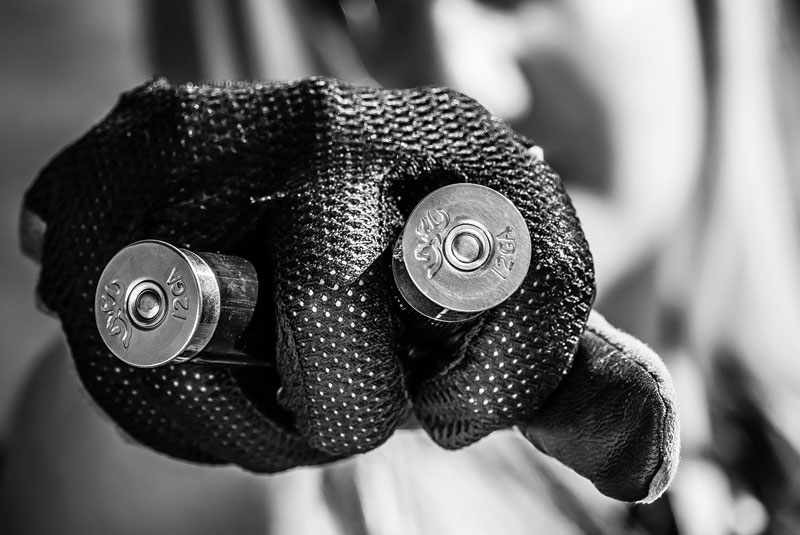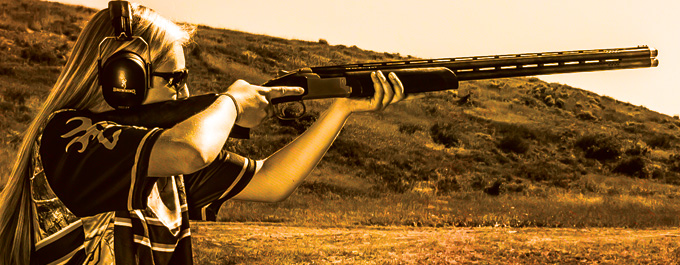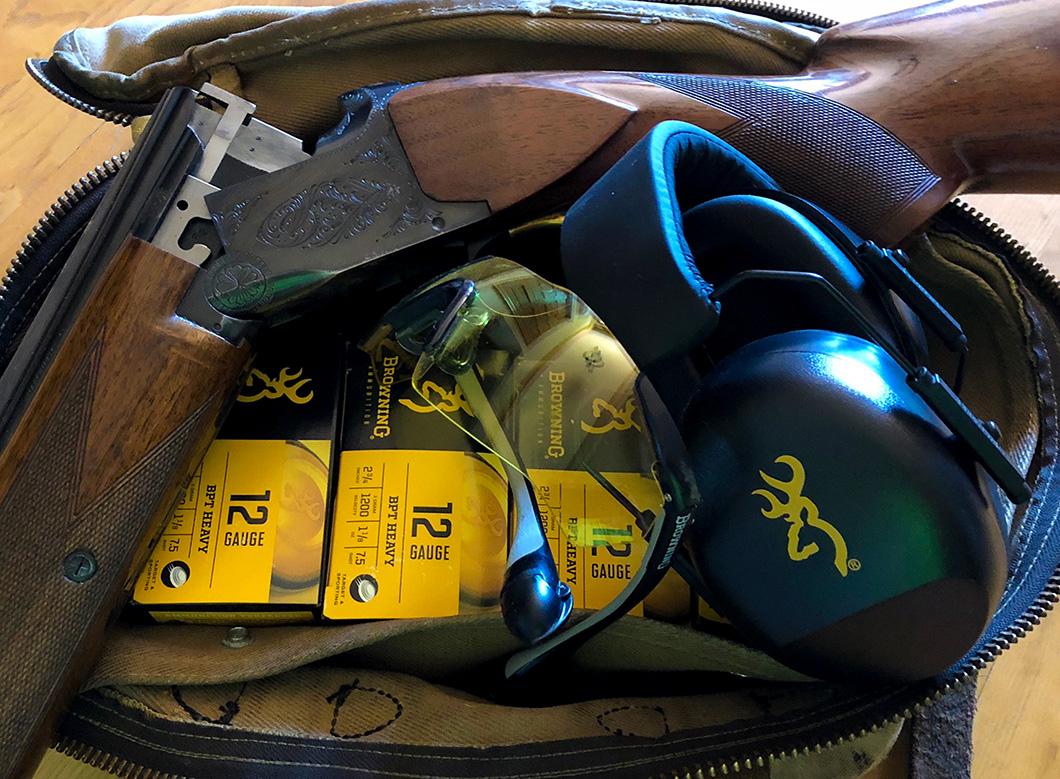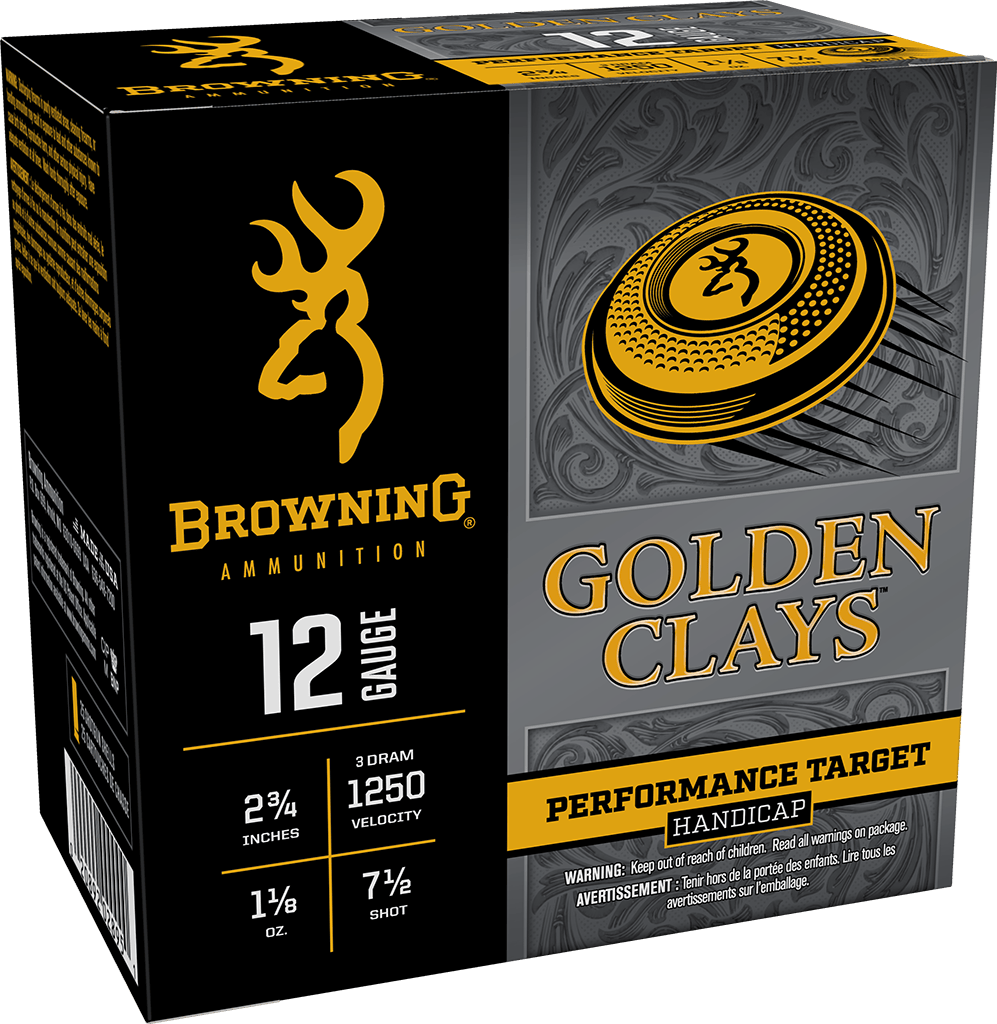Does Practice Make Perfect?
We shoot clay targets sometimes for the thing itself, sort of ars gratia amorum–“art for the sake of arms.” I believe that most of us, though, practice to become better shots in the field on game. And for that, what is the best discipline–trap, skeet, or sporting clays?

It’s hard not to see plain vanilla, singles American trap as the best starting point. For one thing, with the minimum amount of equipment and area needed, there is almost certainly a shooting facility within driving distance of most shooters, even if it’s just one machine set up in a pasture somewhere. Throwing speed can normally be adjusted to decrease the amount of frustration a new shooter might otherwise experience with screaming Mach I targets. Throwing angles are foreseeable yet variable enough to sharpen reaction times. And not to be overlooked is the relative simplicity of the shooting rules: At the line when it is your turn, you load your gun, mount it, call “pull,” let off the safety, shoot, unload, and wait for your next turn to repeat. Five shots like that and you move over one station.

Some shooters seem to become mesmerized by the purity of trap. To apply a term from mathematics, they are entranced by the “elegance.” Other shooters, though, seem to feel much like the Sundance Kid when he asks, “Can I move? I’m better when I move.” If not better, maybe just happier. Which brings us to skeet.
Can you start off with skeet without recourse to trap? Sure. Yet I think trap, with moderately fast birds and starting with the gun in a fully mounted position, will deliver the fundamentals more thoroughly, or at least sooner, than skeet. If you launch your shooting practice with skeet, or transition to it from trap, better to start with your gun fully mounted and with the doubles thrown as singles, stepping up the degree of difficulty as you improve and become more confident.
To make your practice more relevant to hunting you will, I feel, want to shoot true doubles and to start with your gun in the low position–the butt between your armpit and your belt, and not starting it up until the bird appears. (You will seldom, if practically ever, walk around, or even want to walk around, a hunting field all day with your gun to your shoulder and your cheek on the comb; it just don’t work that way, needless-to-say.) Most ranges do not allow shot larger than No. 7½; but I think you should practice with something as close to your hunting loads, such as 1⅛-ounce 12 gauge 7½s rather than 1-ounce target loads, as you can get. The relatively small amount of added recoil is worth it for the real-world effect. And for real-world effect, nothing beats sporting clays.

Clays, to shorten the name, offers virtually any angle and speed a hunter is likely to encounter in the field. The element of surprise is also far greater in clays than in either trap or skeet. Take just one bird, thrown from the high tower if the course you are on has a high tower. This is a bird that is generally going to drop in from behind you, and you won’t be able to pick it up until it is over your head and past. If a clay target could say, “Boo!” it would be this one. And wild birds seldom call head to let the hunter know they are coming.
Whichever discipline you shoot to improve your bird hunting, practice it often. Walk into almost any martial-arts dojo and you are likely to hear or read the old samurai saying: Cry in the dojo, laugh on the battlefield. Take it to heart in your practice shooting: Cry at the trap/skeet/sporting-clays range (from hard work), laugh in the bird field.
Follow Browning Ammunition’s social media channels for more hunting and shooting tips and updates on Browning Ammunition supported events and promotions on Facebook, You Tube, Instagram and Twitter.



